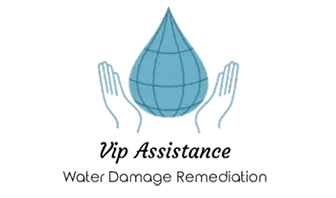When dealing with serious flood on your property, the best and safest option is always to contact professional help. Between waste contamination, possible interaction with electricity, and other hidden hazards, flood water can be dangerous and cause a lot of damage that’s both obvious and not so obvious to the human eye. Proper drying, decontamination, and dehumidification is necessary to ensure no further damage is caused to your property. If you live in an area prone to flooding, making sure you have flood insurance, in addition to homeowners insurance, can also help significantly when it comes to dealing with flood damage
Menu
